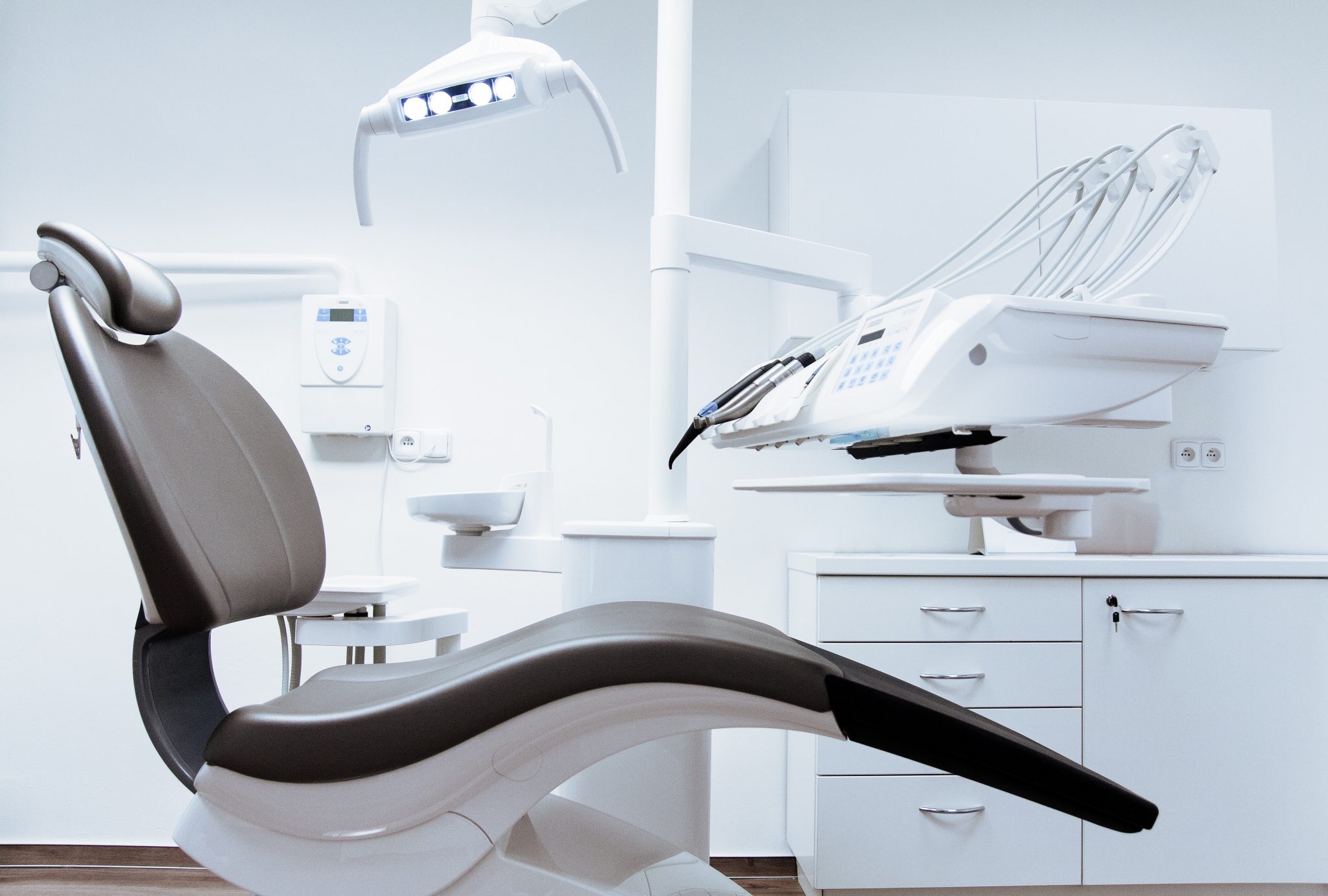
The Symptoms To Look Out For
There exists a variety of reasons that might lead to the necessity of a tooth extraction, which include (though are not limited to):
- Extracting baby teeth struggling to shed on their own.
- Removing teeth for the purpose of orthodontic treatment.
- Dealing with teeth causing pain or infection.
- Extracting a broken tooth.
However, it’s essential to understand that tooth extraction might not be the only available option. If you’re grappling with toothache, we might still have the ability to offer rapid relief while striving to save your tooth. Yet, early detection plays a crucial role.
Kindly let us know if you’re experiencing any of the following symptoms:
- Severe tooth pain.
- Pain worsening with pressure or chewing.
- Jaw pain or stiffness.
- Swollen gums around the tooth or teeth.
- Indications of gum disease, such as discolouration, bleeding, or a foul odour.
Your Treatment Plan
Administered by a dentist or an oral surgeon, a tooth extraction procedure typically occurs during a single office appointment. The ensuing explanation outlines our approach through the various steps involved: starting with the evaluation process to determine the appropriateness of tooth removal for your situation, proceeding to the extraction itself, and concluding with the necessary post-extraction care:
Finding Solutions
Our dentists will carefully assess your symptoms and engage in a thorough discussion of potential avenues before undertaking any tooth extraction. This collaborative process is aimed at identifying the most suitable plan of action to safeguard the health of your teeth and ensure your well-being.
The Removal Process
Taking into consideration the dentist’s and patient’s preferences, a local anesthetic will be administered to numb the specific areas around the tooth marked for extraction. When deemed necessary, sedation alternatives are also at hand. Our oral surgeons implement a minimally invasive method to ensure the gentlest extraction of teeth, with paramount focus on your comfort and expeditious recovery.
The Healing Process
Once the procedure is completed, you’ll be given comprehensive aftercare instructions, which involve:
- How to maintain oral hygiene as your mouth heals.
- What changes to expect during the recovery period.
- What steps to take if any complications arise.
If you have any additional concerns, don’t hesitate to contact us, and we can schedule a follow-up appointment to address them thoroughly.
The Cost Of An Extraction In Innisfil
The expenses linked to dental extractions can widely fluctuate. Under a standard insurance plan, a dental extraction typically results in an out-of-pocket expenditure of around $100 to $200 or more. We are delighted to furnish you with an advanced cost estimate to forward to your insurance provider, allowing you to determine your precise out-of-pocket costs. In the absence of insurance coverage, the fee might range from approximately $200 to $600 or more per tooth. Various factors influence the cost variability of dental extractions.
It’s crucial to understand that no dental practice can offer an accurate quote via phone. Your treatment plan must be tailored to your distinct needs, a decision that can only be made following a comprehensive oral examination.
Dental extractions generally fall into two overarching categories, which might grant insight into potential costs and the rationale:
- Simple Tooth Extraction: This involves extracting teeth that are visible in the oral cavity. A general dentist usually performs these using local anesthesia. In cases without complications, the cost estimate for a straightforward extraction of a reachable tooth tends to be more modest.
- Surgical Tooth Extraction: A surgical extraction is more intricate and involves removing a tooth that isn’t easily visible or accessible. This could be due to incomplete eruption or a break at the gum line. Surgical extractions demand meticulous attention, delicate handling, and specialized proficiency, thereby incurring a higher cost.
Contact us today
to schedule an initial consultation & exam.
Your consultation will include an examination of everything from your teeth, gums and soft tissues to the shape and condition of your bite. Generally, we want to see how your whole mouth looks and functions. Before we plan your treatment we want to know everything about the health and aesthetic of your smile, and, most importantly, what you want to achieve so we can help you get there.
Frequently Asked Questions
The notion of wisdom teeth removal as a customary practice is widespread, yet it’s crucial to recognize that extraction is required solely if these teeth become impacted or disrupt the harmony of your jaw and teeth.
Thanks to contemporary dental techniques and advanced equipment, tooth extractions have become nearly painless. The procedure’s efficiency and ease often leave patients taken aback. While some minor discomfort might occur, be assured that we will equip you with aftercare directives to promote your comfort throughout the quick healing journey.
After about an hour post-procedure, you can remove the gauze sponges that have been placed in your mouth and enjoy a meal. Stick to consuming only soft foods for the initial 24 hours. Furthermore, it’s advisable to steer clear of hot foods and avoid drinking through straws for several hours.
During your appointment, you’ll receive aftercare instructions customized to your specific needs. Meanwhile, here are some general actions to take after a tooth extraction or dental surgery to minimize complications and promote quick recovery:
Steer clear of spitting, mouth rinsing, blowing your nose, using a straw, or smoking within the first 24 hours following the procedure. Refrain from touching the extraction site with your finger or tongue. Avoid consuming hot foods and drinks. Do not use aspirin, as it can affect blood clotting. Temporarily avoid strenuous physical activities and exercise.
Around 45 minutes is average.









